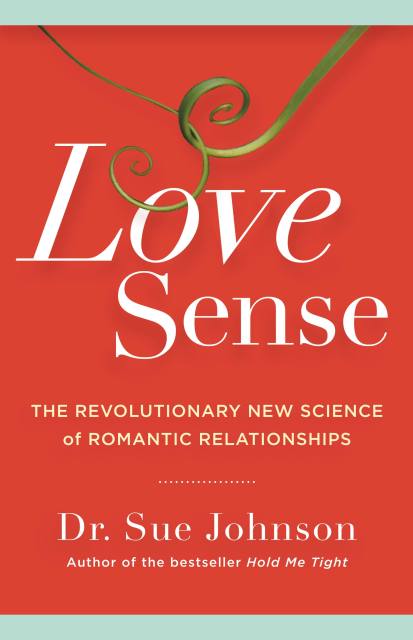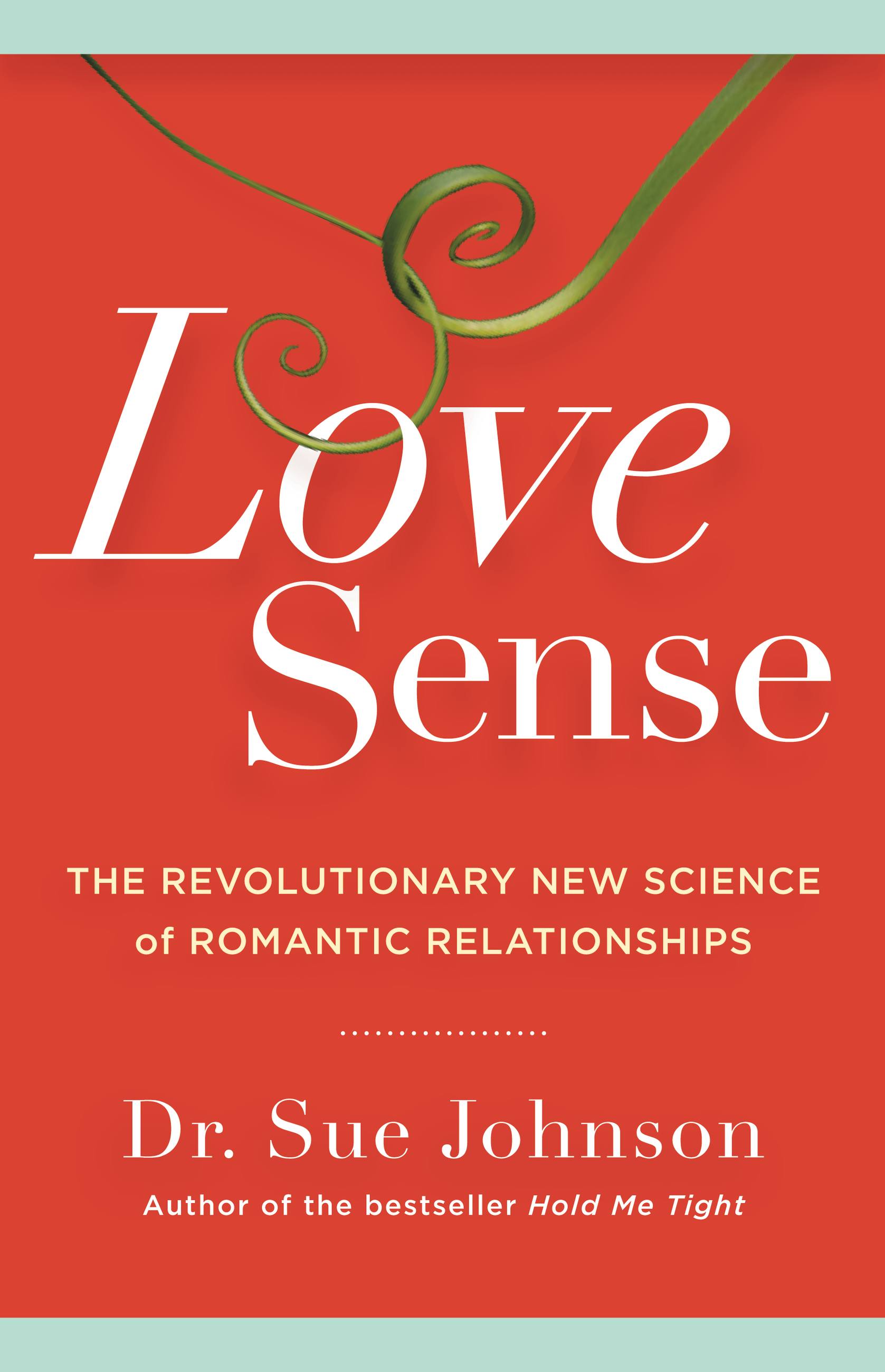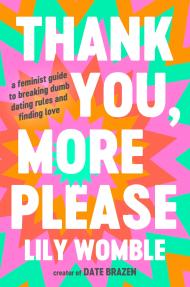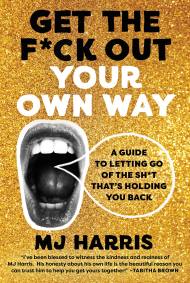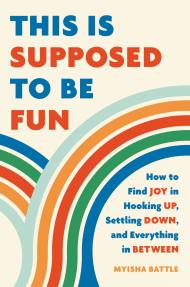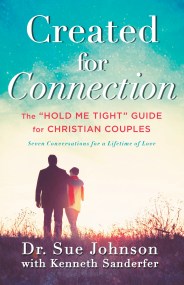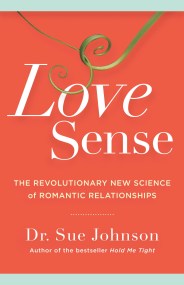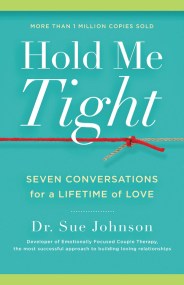Love Sense
The Revolutionary New Science of Romantic Relationships
Contributors
Formats and Prices
Price
$15.99Price
$19.99 CADFormat
Format:
- ebook $15.99 $19.99 CAD
- Hardcover $29.00 $37.00 CAD
- Audiobook Download (Unabridged)
This item is a preorder. Your payment method will be charged immediately, and the product is expected to ship on or around December 31, 2013. This date is subject to change due to shipping delays beyond our control.
Also available from:
Every day, we hear of relationships failing and questions of whether humans are meant to be monogamous. Love Sense presents new scientific evidence that tells us that humans are meant to mate for life. Dr. Johnson explains that romantic love is an attachment bond, just like that between mother and child, and shows us how to develop our "love sense" — our ability to develop long-lasting relationships.
Love is not the least bit illogical or random, but actually an ordered and wise recipe for survival. Love Sense covers the three stages of a relationship and how to best weather them; the intelligence of emotions and the logic of love; the physical and psychological benefits of secure love; and much more. Based on groundbreaking research, Love Sense will change the way we think about love.
Series:
-
"This book is an absolute must for anyone who wants to understand how Love Makes Sense. Sue Johnson covers all the new science, and she has led the scientific field in helping us all understand love and how to repair an ailing relationship. The book is a real page-turner, an easy read that will enlighten all of us who want to build a lasting and secure bond filled with romance and passion. We need no longer wander around in the darkness, stumbling from one disastrous relationship to another. Read this book and learn how to create a life that is a safe haven for love." --John M. Gottman, PhD, author of What Makes Love Last?
-
"A life-changing book! Dr. Johnson elucidates the science of love, convincingly demonstrating the underlying emotional logic of relationships. In an entertaining way, she gives us practical, down-to-earth examples and exercises to help us develop our 'love sense.' It will enrich the lives of all who read it." --Richard Lannon, MD, coauthor of A General Theory of Love
-
"You won't find a better book combining wonderful insight, practical wisdom, and the latest science of relationships. Plus the passion of a psychologist intent on making the world safe for the kind of intimacy we all long for." --William J. Doherty, PhD, author of Take Back Your Marriage
-
"Sue Johnson, the developer of Emotion Focused Couple Therapy, has written a powerful book on the science of securely bonded marriages. Dr. Johnson's very human and inspiring approach to relationships will keep the reader mesmerized." --Barry McCarthy, PhD, author of Rekindling Desire
-
"Sue Johnson sees no contradiction in viewing love as biology and poetry, physiology and romance. For her, love is the hard won endowment of our evolutionary history and a source of hope a world of uncertainty and danger. With this book, Sue reveals that love is scientifically understandable. She emerges not only as a world authority on love's repair, but also on its underlying, neural, physiological and psychological structure."--James Coan, PhD, Professor of Clinical Psychology and Director of the Virginia Affective Neuroscience Laboratory at the University of Virginia.
-
"In Love Sense, Dr. Sue Johnson creates fascinating and enlightening connections between cutting-edge research, professional applications of research in marital therapy, and scores of apt case examples and engaging exercises for people who struggle with relationship difficulties. Besides being an excellent researcher, theorist, and clinician, Johnson has a unique gift for inspiring and motivating other therapists and nonprofessional readers. With genuine enthusiasm and admirable clarity, she shows how emotion-focused therapy, guided by attachment theory and research, can heal troubled relationships while benefiting society more generally. This is a wonderful, uplifting, energizing book."--Phillip R. Shaver, PhD, Distinguished Professor of Psychology, University of California, Davis; Past President, International Association for Relationship Research
- On Sale
- Dec 31, 2013
- Page Count
- 352 pages
- Publisher
- Little Brown Spark
- ISBN-13
- 9780316251082
Newsletter Signup
By clicking ‘Sign Up,’ I acknowledge that I have read and agree to Hachette Book Group’s Privacy Policy and Terms of Use
